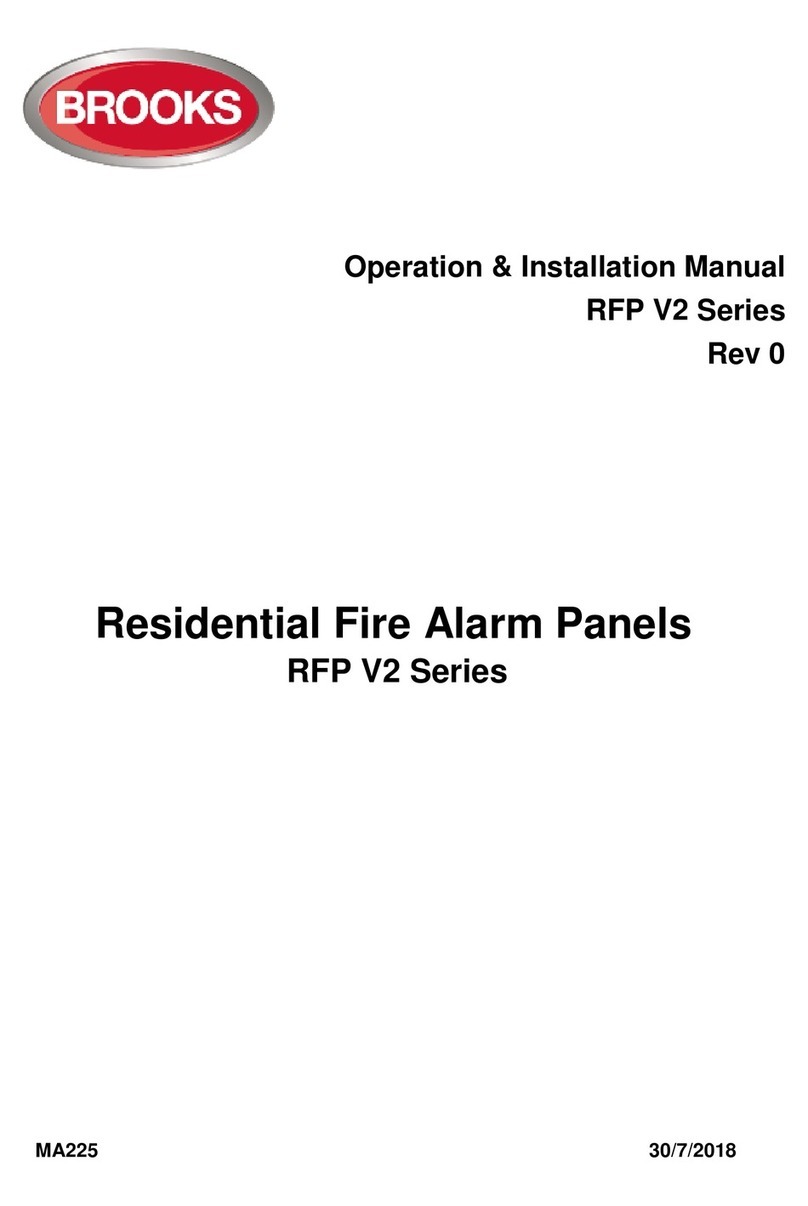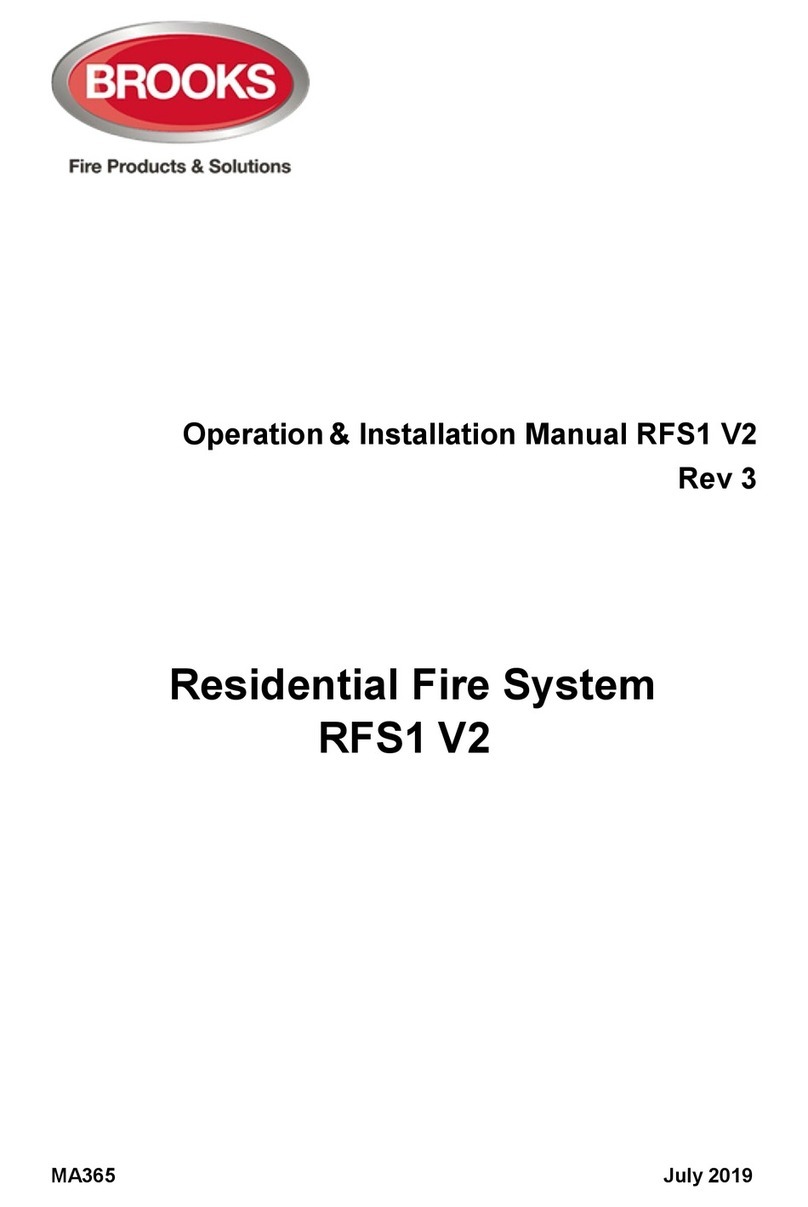Technical Manual
FT420 –Iss 2.4
6
Figure33 FT420 System Configuration Options............................................................................................63
Figure34 Supervised Relay Outputs.............................................................................................................64
Figure 35 Dry contact relay outputs...............................................................................................................65
Figure36 Alertcom Tone ConfigurableOutputs............................................................................................65
Figure37 ZoneConfiguration Options...........................................................................................................67
Figure 38 Power Supply Trimpot Location....................................................................................................70
Figure39 FT420 withAll Options...................................................................................................................76
Figure40 FT420 withGas KitInterface.........................................................................................................77
TABLELIST
Table 1 General Specifications......................................................................................................................10
Table 2 System Module Summary.................................................................................................................12
Table 3 Modules and Features......................................................................................................................13
Table 4 Expansion Limitation.........................................................................................................................15
Table 5 Main Control Board JumperSettings................................................................................................17
Table 6Main Control Board Connections......................................................................................................18
Table 7 Main Display Driver Board Jumper Settings.....................................................................................20
Table 8 Main Display Driver Board Connections...........................................................................................21
Table 9 BatteryCharger CurrentLimiting Connection...................................................................................22
Table 10Battery Capacity / Max Charging Current.......................................................................................22
Table 11ZoneExpansion Board Jumper Settings........................................................................................23
Table 12ZoneExpansion Board Connections..............................................................................................24
Table 13RelayExpansion BoardJumperSettings.......................................................................................25
Table 14RelayExpansion BoardConnections.............................................................................................26
Table 15SupervisedOutput Expansion BoardJumper Settings...................................................................27
Table 16SupervisedOutput Expansion BoardConnections.........................................................................28
Table 17OWS Plug-inModule Connections.................................................................................................29
Table 18 Generic Display Driver Board Jumper Settings...............................................................................30
Table 19 Generic Display Driver Board Connectors......................................................................................30
Table 20 OWS Front Display Board Connections..........................................................................................31
Table 21Fuse Specifications.........................................................................................................................32
Table 22LEDIndicating Patterns..................................................................................................................35
Table 23Fault LEDIndications......................................................................................................................35
Table 24 Buzzer Indicating Patterns..............................................................................................................36
Table 25OWS Tone andVoice Messages ...................................................................................................36
Table 26CIESignalling Patterns...................................................................................................................37
Table 27End of Line Resistor Specifications.................................................................................................39
Table 28ZoneInput Circuit Specifications.....................................................................................................40
Table 29CompatibleActuating Devices........................................................................................................40
Table 30Control OutputSpecifications..........................................................................................................41
Table 31Connection of theAudioAmplifier 60W, 120W and 250W .............................................................48
Table 32OWS Audio VolumeAdjustment.....................................................................................................48
Table 33GasFront Status LEDIndication and flash Pattern.........................................................................51
Table 34 Mains Power Supply Requirement .................................................................................................54
Table 35Power SupplyMonitoring Characteristics.......................................................................................54
Table 36Current Consumption of Function Modules....................................................................................55
Table 37Current Consumption of Typical CIEConfigurations ......................................................................56
Table 38 Battery calculation example............................................................................................................56
Table 39Cable Resistance of the Reference Cables....................................................................................58
Table 40 CableTypes for Different Connections...........................................................................................59
Table 41 CIE I/O Logic Numbers...................................................................................................................62
Table 42ConfigurableAlertcom Tones.........................................................................................................66
Table 43Pre-commissioningResistance Measurement Record...................................................................71
Table 44Pre-CommissioningBattery Voltage Measurement Record...........................................................73
Table 45Power ONAC/DC Power Supply Calibration Record.....................................................................73
Table 46 CIE General Record.......................................................................................................................74
Table 47 CIE Expansion Board Record.........................................................................................................74
Table 48CIEMaintenance Record................................................................................................................75































